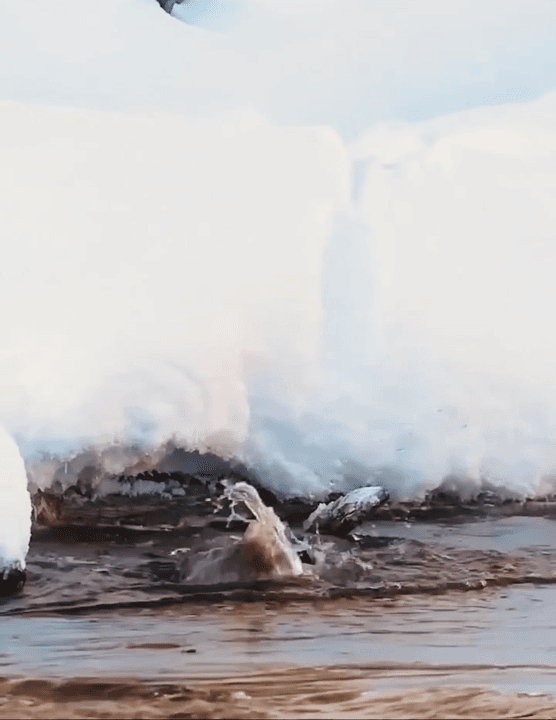
If you have a cat that goes outside, you’re probably no stranger to having dead creatures turn up on your doorstep. While some cats may be more adept hunters than others, you may still find yourself wondering about the reasons behind this hunting behaviour.
Post: 30 August 19:14













































